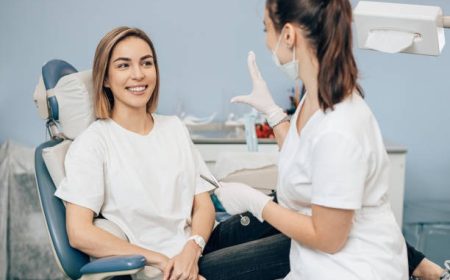Like any restoration process, mold removal includes finding and fixing the cause of the problem before taking measures to stop it from reoccurring. Mold remediation is more challenging than it seems. Even if you’re up to the challenge, there are several things you’ll need to do to eliminate the mold. Are you ready to remove the mold that has colonized your home’s moist, dark areas? The necessary steps are listed here.
Mold Remediation Process
Many people know the importance of mold remediation. However, few know the steps associated with professional mold remediation and cleanup services. This article is all about it. Before scheduling an appointment, find out more about the entire process.
1. Consult a Professional
Asking for assistance is the first step in the mold removal procedure. To solve the problem, you have to call a local remediation team like PuroClean Property Restoration in Davie, FL. Mold cleanup is a difficult task that calls for the assistance of a specialist. It takes a lot of chemicals and methods to completely eliminate mold from your house. They can provide the best remedies once they identify your case.
2. Detecting the Source
Mold is commonly located in places that have been exposed to water or near a source of dampness. Rooms with moisture, like bathrooms, basements, sink cupboards, and window sills, are most likely to experience condensation.
Professional mold removal in Weston, FL, can utilize advanced moisture detection tools and inspection devices, such as thermal imaging, to identify elevated moisture concentrations in residential and commercial structures. Sometimes this is the key to identifying where the water is coming from.
3. Antimicrobial Application
The next stage of remediation is this. If there is no proof of mold development after water damage in your house or company, you can use an antimicrobial agent on the damaged area to stop mold development until it is dried. Antimicrobials can also get rid of mold spores that are already present.
4. Containment
With the ideal conditions, mold can rapidly spread. After identifying the source of the moisture invasion, specialists isolate the contaminated areas to stop mold spores from spreading to other parts of the property. Containment is crucial for minimizing the threat of contamination spreading to unaffected areas.
5. Air Filtration
Mold spores can be disturbed and become airborne during mold removal. Along with containment, you should also clean the air. Negative air machines with high-efficiency particulate (HEPA) air filters run continuously throughout the process. By doing so, you can be sure that the damaged area is free of airborne debris such as dirt, mold spores, microbial volatile organic compounds (MVOCs), and other things.
6. Removal and Cleanup
In most cases, the only successful method to ensure proper mold remediation is to eliminate affected products completely. Typically, drywall, insulation, wood trim, carpet, and furniture are used. A licensed environmental hygienist is required if the mold-contaminated area is larger than ten square feet. The hygienist will do the last clearance test to make sure that the mold has been properly mitigated.
7. Replacement
As previously stated, areas infected by mold may require the removal of damaged materials. Specialists can provide restoration services and repair affected areas with new building products in situations such as this. Lastly, they will return the home to its pre-loss state. Find out more info about the remediation process.
Bottom Line
Mold spores grow in any environment that has dampness. They can cause health problems and significant damage to your business or home if not eliminated quickly. As a result, you need to hire an expert to remove the biological contaminants and prevent them from coming again. If you suspect mold in your property, you need to consult with mold remediation experts to perform a comprehensive mold inspection.







